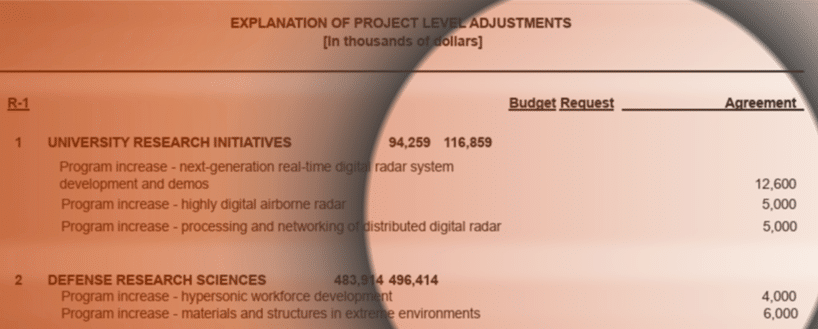You may have heard about Solyndra. The first casualty, but certainly not the last, for the embattled Department of Energy (DOE) Loan Guarantee Program. The solar start-up received a $535 million loan guarantee in September of 2009. Announced with much fanfare, it was the first commitment to come from the DOE program, which was created in the 2005 Energy bill.
It's pretty clear that Solyndra had a slew of problems, but we must not lose sight of the forest for the trees. You can't be shocked when a bad process yields bad results. Solyndra is part of a fundamentally flawed program that we and others have warned could cost taxpayers billions.
Created first as a program to fund the construction of nuclear reactors, the Title XVII Loan Guarantee Program morphed to include coal, biofuels, transmission, energy efficiency, and renewable projects, greasing its wheels through Congress in 2005. After getting beefed up in several appropriations bills and finally the stimulus, it now provides loan guarantees for just about every energy form on the planet.
Through most of its life the program has lurked in the shadows. But Solyndra's woes, coupled with the September 30th deadline for the majority of renewable technologies portion, has brought the program into the light of day. Before the sun sets on this particularly troubled solar project, the entire Title XVII program should come under serious scrutiny or taxpayers will lose billions.
As the program expanded over the course of its six year life, the few taxpayer protections originally provided were slowly eaten away. In October 2007, DOE issued a final rule detailing the processes and parameters of the program. Originally DOE proposed guarantees covering 90% of the value of the loan. Since taxpayers covering 90% just wasn’t enough for some, at the behest of industry and lawmaker pressure, DOE increased the coverage to 100% of the value of the loan.
Then in August 2009 it appeared DOE wanted to move quickly and quietly on a second industry sweetener—a hit to taxpayers' ability to recoup lost assets. Shadily, DOE suggested this while Congress was out of town. A few lawmakers complained, so DOE delayed the closing of the public comment period until Congress returned to Washington. Unfortunately, DOE shrugged off any concerns raised and plowed ahead. In the end, taxpayers’ right to getting back our portion of the defaulted loans was weakened — no longer were we guaranteed a place first in line when a project went belly up — even when we put up the most cash in the first place.
Now DOE is on the line for billions of dollars in pending and committed loan guarantees for other projects that were poorly vetted and leave taxpayers carrying far too much risk. They’ve already committed us to an $8 billion nuclear reactor that’s facing significant legal and technical hurdles and where all negotiations have been held behind closed doors.
We need to put the brakes on this program before it’s too late. Solyndra will likely cost taxpayers hundreds of millions of dollars in losses. But the losses won’t stop there if the Solyndra case is used only to score political points and not address a larger systemic problem. This default is a warning that Congress and the Administration must heed. Taxpayers must not be burned again.
###
TCS Quote of the Week
“I’m a little less interested in taking money from crop insurance than I am other places, but the bottom line of it is, agriculture can’t be a sacred cow and not contribute something to deficit reduction…” – Iowa Senator (R) Chuck Grassley (Radio Iowa)











Get Social